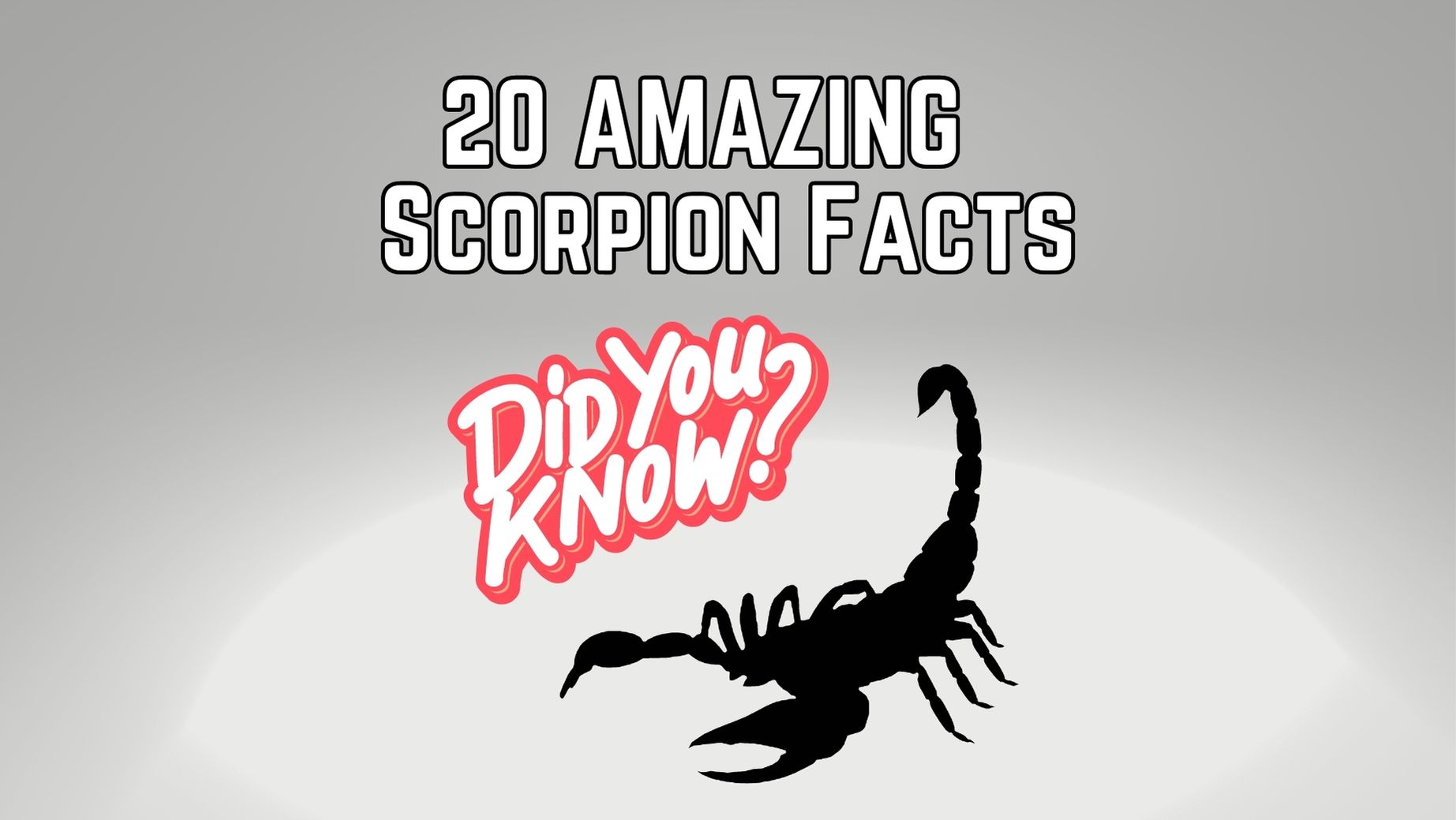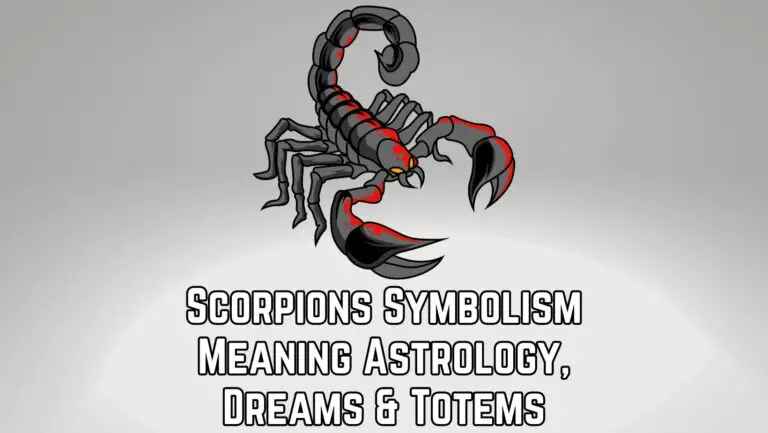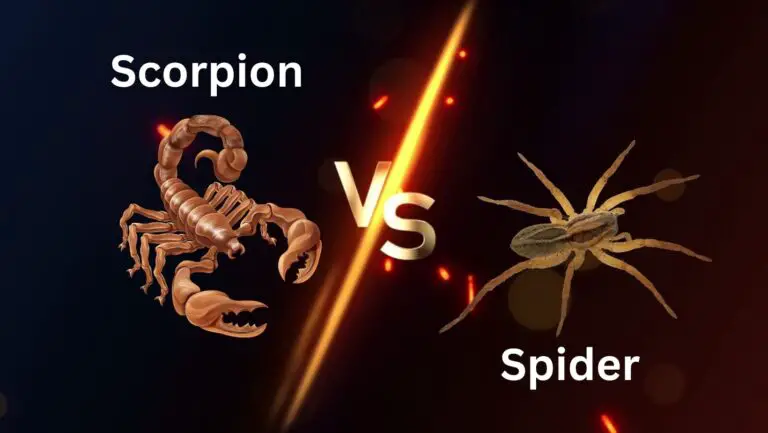
Scorpions are intriguing creatures that have fascinated humans for centuries. From their ancient existence to their unique adaptations, scorpions possess many interesting qualities. In this section, we will explore 20 fascinating facts about scorpions, delving into their diverse characteristics, behaviors, and ecological significance.
Ancient Existence:
Scorpions are among the oldest terrestrial arthropods, dating back over 400 million years. They have survived multiple mass extinctions and have remained relatively unchanged in their basic body structure. This longevity highlights their successful adaptation and resilience throughout Earth’s history.
Diversity:
There are approximately 2,500 known species of scorpions worldwide, categorized into 13 families. Each species exhibits distinct characteristics and adaptations suited to their respective habitats and ecological niches. This diversity showcases the evolutionary flexibility of scorpions.
Morphological Features:
Scorpions possess unique physical traits, including a pair of pincers called pedipalps, a long segmented tail ending with a venomous stinger, and a tough exoskeleton. These features contribute to their distinct appearance and functionality in their environment.
Venomous Stingers:
Scorpions have venomous stingers primarily used for defense and capturing prey. The venom composition varies among species, with some having potent venom capable of causing severe symptoms or even fatalities in humans. However, the majority of scorpions have venom that is not life-threatening, resulting in stings comparable to bee or wasp stings.
Sensory Adaptations:
Scorpions have specialized sensory organs to navigate their surroundings. They possess unique sets of eyes, including simple eyes called ocelli that detect light and dark, and complex eyes that provide vision in low-light conditions. These adaptations aid their nocturnal hunting behavior.
Nocturnal Hunters:
Most scorpions are nocturnal, meaning they are primarily active during the night. They have adapted to low-light conditions by possessing highly sensitive eyes capable of detecting even faint sources of light. This nocturnal behavior helps them avoid predators and conserve energy.
Unique Mating Rituals:
Scorpions engage in elaborate courtship and mating rituals. Male scorpions perform intricate dance-like movements, such as tapping their pedipalps, vibrating their bodies, and releasing pheromones, to attract females. Once mating occurs, some species participate in prolonged mating embraces that can last for hours or even days.
Prolonged Lifespan:
Scorpions generally have long lifespans compared to other arthropods. Depending on the species and environmental conditions, they can live for several years. Some species can reach up to 20 years or more in captivity, exemplifying their longevity.
Adaptable to Extreme Conditions:
Scorpions are highly adaptable and can survive in harsh environments. They are well-suited to arid regions and can endure extreme temperatures, from freezing cold to scorching heat. Some species can survive without food for months, showcasing their ability to withstand scarcity.
Reproductive Strategies:
Scorpions exhibit diverse reproductive behaviors. While most scorpions lay eggs, some species give birth to live young. After giving birth, the female carries her offspring, known as scorplings, on her back until they molt and can survive independently. This unique maternal care is rare among arachnids.
Ecological Role as Predators:
Scorpions play essential roles in ecosystems as predators. They feed on insects, spiders, small vertebrates, and even other scorpions. Their predation helps control populations of potential pests and contributes to the balance of ecological communities.
Cultural Significance:
Scorpions hold cultural significance in various societies. They have been depicted in ancient art, mythology, and folklore, often associated with symbolism related to protection, strength, and danger.
They have been revered or feared in different cultural contexts, showcasing the lasting impact they have had on human imagination.
Luminescent Scorpions:
Some scorpion species have the remarkable ability to fluoresce under ultraviolet (UV) light. When exposed to UV light, certain parts of their exoskeleton emit a vibrant glow, resulting in a stunning sight. This fluorescence is thought to aid in prey detection and communication.
Nocturnal Navigation:
Scorpions utilize celestial cues, such as the moon and stars, to navigate during their nightly activities. They can detect the position of these celestial bodies and use them as points of reference to navigate their surroundings.
Predatory Adaptations:
Scorpions possess various adaptations that enhance their predatory abilities. These include strong pincers to seize and immobilize prey, venomous stingers to subdue or kill prey, and sensory hairs on their exoskeleton to detect vibrations and movements in their environment.
Tail as a Defensive Tool:
Scorpions employ their tails defensively to protect themselves from threats. When threatened, they may arch their tails and position their stingers defensively, deterring potential predators. Some species can also deliver a “dry sting” without venom as a warning.
Ecdysis (Molting):
Scorpions undergo molting, a process known as ecdysis, throughout their life cycle. During molting, they shed their old exoskeleton to allow for growth. The new exoskeleton is initially soft and vulnerable until it hardens, providing protection and support.
Temperature Regulation:
Scorpions are ectothermic, meaning their body temperature is regulated by the environment. They can adapt to different temperature ranges, utilizing behavioral strategies to seek warmer or cooler microhabitats as needed.
Scorpion Conservation:
Some scorpion species face threats due to habitat destruction, pollution, and human activities. Conservation efforts focus on preserving their habitats, promoting awareness, and studying their ecological importance to maintain biodiversity.
Scientific Research and Medical Applications:
Scorpions are subjects of scientific research due to their unique characteristics and potential applications. Studies on their venom have led to the development of antivenoms, which are crucial in treating scorpion envenomation and saving lives.
These interesting facts about scorpions highlight their remarkable adaptations, behaviors, and ecological significance. Exploring these aspects deepens our understanding and appreciation for these enigmatic creatures, emphasizing their enduring presence in our natural world.
Summary:
Scorpions are ancient arachnids that have survived for millions of years and evolved into a diverse group of species. They have unique adaptations, including venomous stingers, specialized sensory organs, and remarkable reproductive behaviors. Scorpions play vital roles in various ecosystems as predators and have cultural significance in different societies. By delving into these 20 interesting facts, we gain a deeper appreciation for these enigmatic creatures and their contributions to the natural world.







